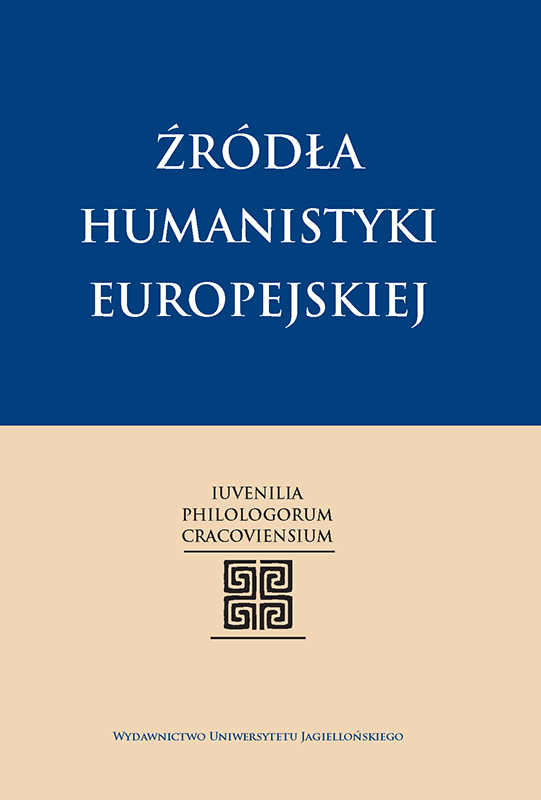Szczątki greckiej wazy u karaibskich brzegów
A Greek Vase on the Caribbean Shores
Author(s): Tomasz SurdykowskiSubject(s): Cultural history, Studies of Literature, Sociology of Culture, Post-War period (1950 - 1989)
Published by: Wydawnictwo Uniwersytetu Jagiellońskiego
Keywords: postcolonial; modern; Antiquity; Eliot, Walcott;
Summary/Abstract: The article examines the ways in which the legacy of Antiquity is present in contemporary Caribbean literature. For the purpose of the analysis, two diametrically different strategies of reading Antiquity in the Americas are juxtaposed. On the one hand, the late essays by Thomas Stearns Eliot illustrate a strategy of assimilating the legacy of imperial Rome. Eliot not only explores Latin poetry and drama, but he also presents himself as Virgil’s heir. As Coetzee aptly notes, Eliot’s project is that of a cultural Imperium Romanum, uniting all those who hear the call of Aeneid throughout the ages. On the other hand, the relation to the Antiquity in the late twentieth-century Caribbean literature is more problematic. Walcott, as well as Glissant, reject the cultural imperial ambitions of Rome and do not believe in a cultural continuity between the Caribbean Sea and the ancient Mediterranean. Between them and the Romans lies the Atlantic, the ocean which is a grave to the slaves transported to the Caribbean islands. The legacy of Antiquity arrives on the Caribbean shore worn and weathered by the storms of history. That is why it often takes the form of an incongruous artefact swept up by the sea. The global Imperium Romanum, as Eliot proposed it, is no longer possible. All that has been left of Ancient European culture is a crumbling remnant, a broken vase.
Journal: Źródła humanistyki europejskiej. Iuvenilia Philologorum Cracoviensium
- Issue Year: 2013
- Issue No: 6
- Page Range: 183-190
- Page Count: 8
- Language: Polish

